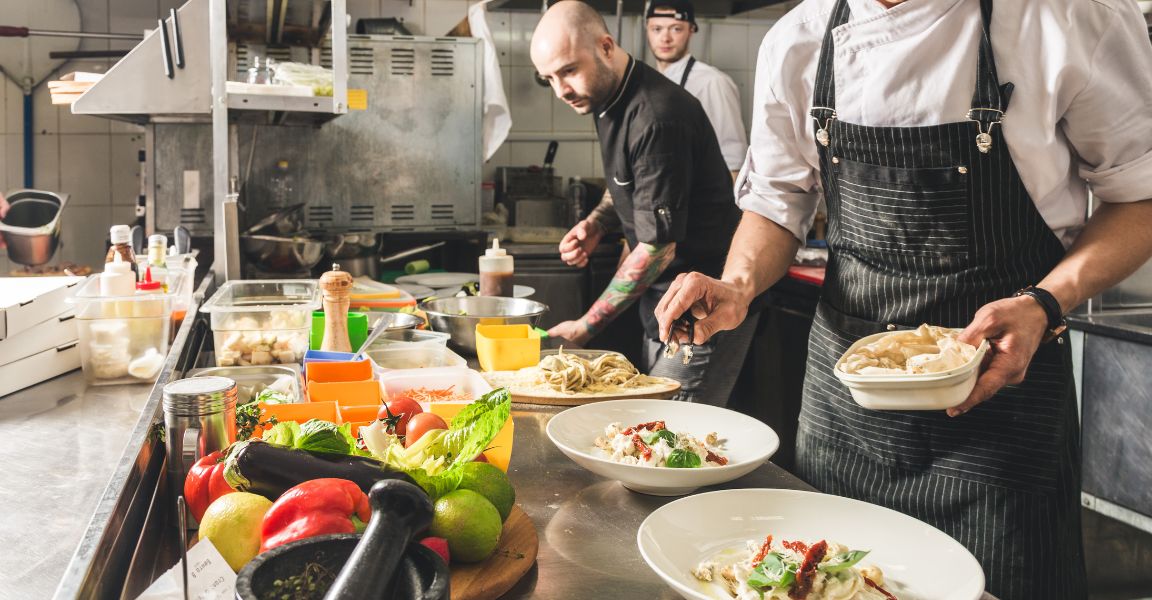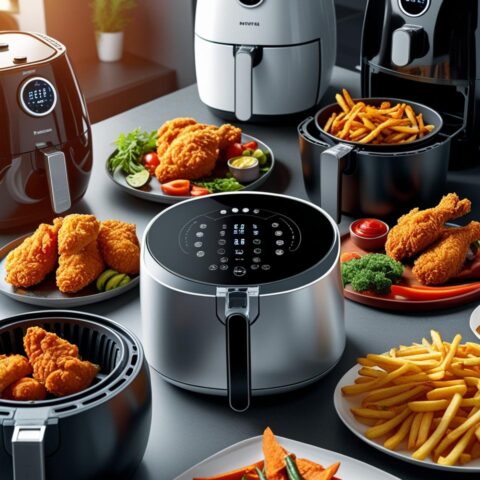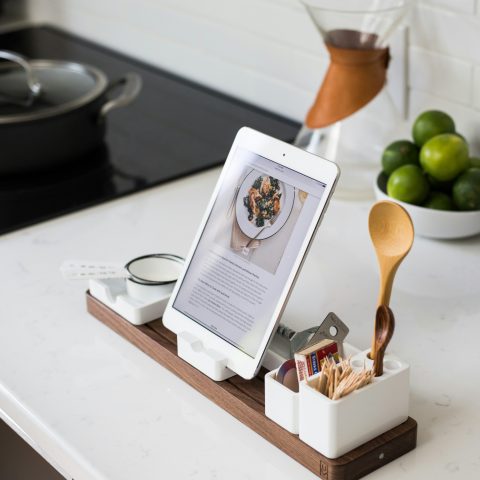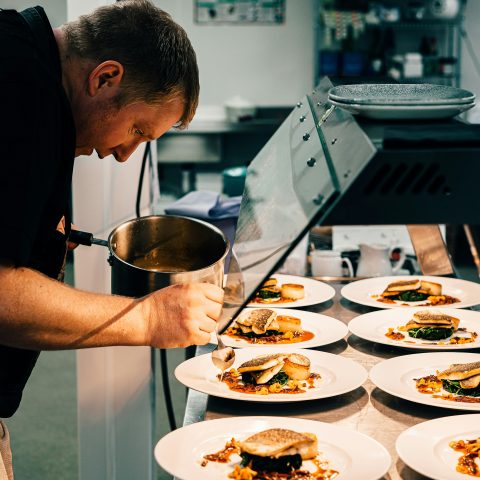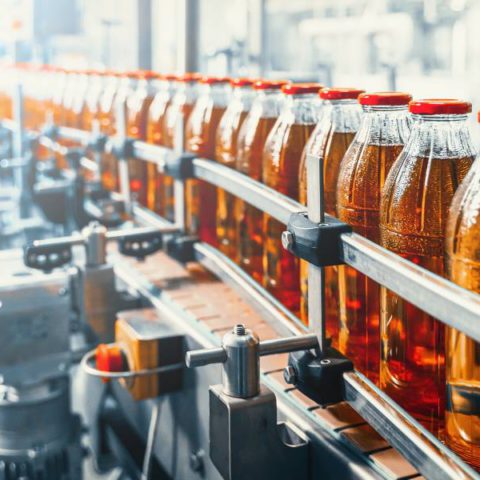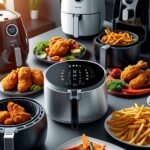Commercial kitchens are busy places, making it very important that employees can work safely and quickly. One of the best ways to optimize both safety and efficiency in your restaurant is to organize everything. Here’s how to safely organize your restaurant kitchen.
Ladle of Contents
Use Clear Containers
Clear storage boxes with lids are incredibly useful in the kitchen. Not only do they make things stackable, but you can still see exactly what’s in each box. The clear plastic also helps keep bugs out of your ingredients because bugs tend to like the dark.
Incorporate Ingredient Bins
If your restaurant deals with a lot of dry ingredients, it can be helpful to have these ready in ingredient bins. These plastic bins are about the size of a home kitchen trash can but have wheels and easy-access tops. Place a metal ice scoop inside to ensure quick access to all your flour, beans, sugar, and other dry goods.
Color Code Everything
It’s very important to avoid contamination in a commercial kitchen. This can happen whenever meat juices get on kitchen counters and utensils or when someone forgets to use clean equipment to prepare food for a guest with allergies. To avoid these common problems, color code everything in your kitchen to help employees immediately know which items are safe to use.
Practice FIFO
One of the most important rules in the restaurant industry is “first in, first out” (abbreviated as FIFO). Basically, you always put new ingredients at the back of the shelf so that your kitchen staff uses the older ingredients that you purchased first, not the new ones. This ensures you don’t end up with expired ingredients, which can be dangerous and creates waste.
To avoid any confusion, always label your shelves so that employees know how old things are and which items to use first.
Maximize Shelf Space
Most commercial kitchens use large, freestanding shelves to store kitchen equipment and ingredients, but that’s not the only way to use shelves. Maximize your storage space by hanging shelves on walls or over food preparation tables for easy access. This is especially important if you’re working in a small kitchen and floor space is at a premium.
These tips for safely organizing your restaurant kitchen can help you create an efficient workspace for kitchen employees that protects everyone. Organizing might not be the most enjoyable task, but the rewards are worth it!

